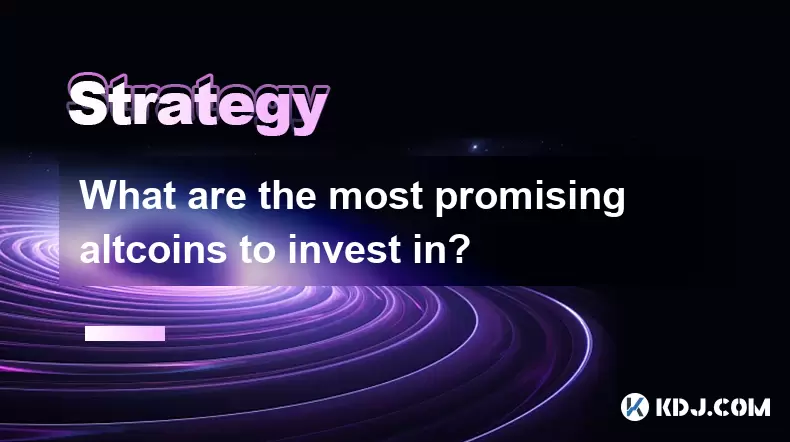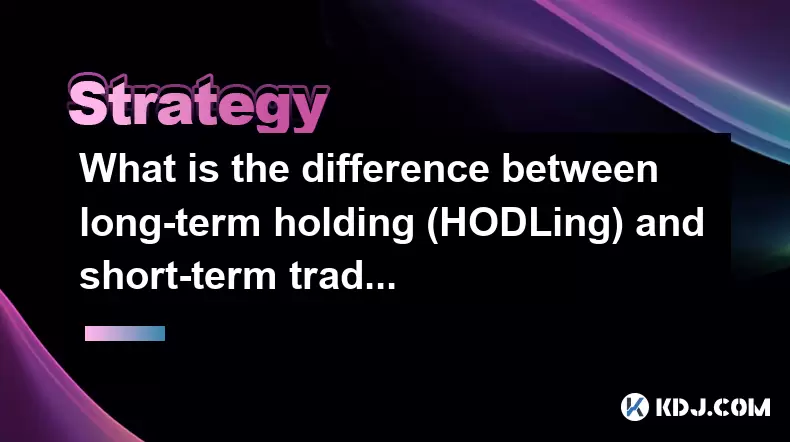-
 Bitcoin
Bitcoin $117700
-1.00% -
 Ethereum
Ethereum $4458
-3.91% -
 XRP
XRP $3.119
0.14% -
 Tether USDt
Tether USDt $1.001
-0.02% -
 BNB
BNB $836.6
-1.56% -
 Solana
Solana $189.5
-3.90% -
 USDC
USDC $0.9998
-0.02% -
 Dogecoin
Dogecoin $0.2335
1.29% -
 Cardano
Cardano $0.9642
1.51% -
 TRON
TRON $0.3539
-1.19% -
 Hyperliquid
Hyperliquid $47.41
-1.84% -
 Chainlink
Chainlink $21.92
-3.28% -
 Stellar
Stellar $0.4286
-0.23% -
 Sui
Sui $3.724
-3.29% -
 Bitcoin Cash
Bitcoin Cash $594.8
-0.78% -
 Ethena USDe
Ethena USDe $1.001
0.04% -
 Hedera
Hedera $0.2501
-2.06% -
 Avalanche
Avalanche $23.96
-4.87% -
 Litecoin
Litecoin $119.0
-2.32% -
 Toncoin
Toncoin $3.473
0.82% -
 UNUS SED LEO
UNUS SED LEO $9.596
0.17% -
 Shiba Inu
Shiba Inu $0.00001301
-0.39% -
 Uniswap
Uniswap $11.03
-0.25% -
 Polkadot
Polkadot $3.935
-2.62% -
 Dai
Dai $1.000
0.01% -
 Bitget Token
Bitget Token $4.564
-1.76% -
 Cronos
Cronos $0.1512
-4.11% -
 Ethena
Ethena $0.7306
-1.09% -
 Pepe
Pepe $0.00001087
-2.68% -
 Aave
Aave $300.2
-4.00%
Review of currency trading band skills for newbies
Understanding currency trading bands allows beginners to identify potential trading opportunities, implement risk management strategies, and enhance their profitability in the currency market.
Jan 12, 2025 at 07:31 am

Key Points:
- Understanding currency trading bands
- Identifying suitable trades within bands
- Risk management strategies for band trading
- Advanced band trading techniques
Introduction:
Currency trading bands are a fundamental tool used by traders to identify potential trading opportunities. By understanding how bands work and how to use them effectively, beginners can enhance their trading profitability. This article will provide a comprehensive review of currency trading band skills for newbies, covering everything from basics to advanced techniques.
1. Understanding Currency Trading Bands:
Currency trading bands are a technical analysis tool that creates upper and lower boundaries around a price chart. These bands are based on statistical calculations, typically using the standard deviation of past price movements. The most common type of band is Bollinger Bands, which consist of a moving average and two standard deviation lines.
- Moving Average: This is the central line of the band, calculated by averaging past prices over a specified period (e.g., 20 days).
- Upper Band: Calculated by adding a set number of standard deviations to the moving average.
- Lower Band: Calculated by subtracting the same number of standard deviations from the moving average.
2. Identifying Suitable Trades Within Bands:
Once the trading bands are plotted, traders can identify potential trading opportunities by looking for price movements that deviate from the bands.
- Breakouts: When prices break above the upper band or below the lower band, it indicates a strong trend may be developing. Traders can enter long or short positions depending on the breakout direction.
- Pullbacks: When prices approach or touch the bands, but do not break out, it may indicate a potential reversal or a pause in the trend. Traders can watch for price action at the bands to identify possible entry or exit points.
- Squeezes: When the bands narrow, it suggests price action is consolidating. A breakout from a squeeze often leads to a strong trend.
3. Risk Management Strategies for Band Trading:
Risk management is crucial for successful band trading.
- Stop Loss Orders: Place stop loss orders below the lower band for long positions and above the upper band for short positions to limit losses if the trend reverses.
- Position Sizing: Determine the appropriate trade size based on your risk tolerance and account size. Avoid risking more than you can afford to lose.
- Trailing Stop: Move the stop loss order higher or lower as prices move in your favor to protect profits.
4. Advanced Band Trading Techniques:
Once beginners have mastered the basics, they can explore more advanced band trading techniques.
- Multiple Time Frame Analysis: Use Bollinger Bands on different time frames to identify long-term and short-term trend opportunities.
- Band Width: Monitor the distance between the upper and lower bands. A widening band indicates increased volatility, while a narrowing band suggests reduced volatility.
- Parabolic SAR: Combine Bollinger Bands with the Parabolic SAR indicator to enhance trend identification and entry/exit points.
FAQs:
Q: What types of Bollinger Bands are there?
A: Bollinger Bands can be adjusted by varying the number of periods used for calculations and the number of standard deviations added/subtracted. Common variants include Percent Bollinger Bands (PBB%) and Donchian Channels.
Q: Can Bollinger Bands be used for scalping?
A: Bollinger Bands can be used for both scalping and long-term trading strategies. Traders can adjust the band settings and time frame to suit their trading style.
Q: How do I trade Bollinger Band squeezes?
A: Wait for the bands to narrow and prices to consolidate near the bands. When the bands break out, enter a trade in the direction of the breakout with a protective stop loss order.
Q: What are Bollinger Band %b and how do I use it?
A: Bollinger Band %b is a momentum indicator based on Bollinger Bands. It measures the distance between the current price and the upper/lower bands. Traders can use it to identify overbought (close to 1) or oversold (close to 0) conditions.
Disclaimer:info@kdj.com
The information provided is not trading advice. kdj.com does not assume any responsibility for any investments made based on the information provided in this article. Cryptocurrencies are highly volatile and it is highly recommended that you invest with caution after thorough research!
If you believe that the content used on this website infringes your copyright, please contact us immediately (info@kdj.com) and we will delete it promptly.
- Kazakhstan's Crypto Leap: Bitcoin ETF and Central Asia's Digital Finance Future
- 2025-08-13 12:45:19
- BlockDAG Presale Blazes Past $371M: Fundraising Frenzy Fuels Crypto Sensation
- 2025-08-13 13:05:21
- Meme Coins: Chasing the 2025 Surge – Which Will Moonshot?
- 2025-08-13 10:25:23
- Bitcoin's Wild Ride: Rally, Pullback, and What's Next
- 2025-08-13 10:25:23
- Bitcoin, Bitmax, and Institutional Demand: A New Era of Crypto Investment
- 2025-08-13 10:45:12
- Solana, ROAM, and Airdrops: What's the Buzz in 2025?
- 2025-08-13 11:35:13
Related knowledge

How to use stop-loss orders to limit potential losses?
Aug 08,2025 at 02:01pm
Understanding Stop-Loss Orders in Cryptocurrency TradingA stop-loss order is a risk management tool used by traders to automatically sell a cryptocurr...

What are the most promising altcoins to invest in?
Aug 10,2025 at 11:42am
Understanding the Role of Private Keys in Cryptocurrency WalletsIn the world of cryptocurrency, private keys are the cornerstone of ownership and cont...

Should I invest in Bitcoin or altcoins?
Aug 13,2025 at 11:35am
Understanding Bitcoin and AltcoinsWhen deciding whether to invest in Bitcoin or altcoins, it's essential to first understand what each represents. Bit...

What are the most important metrics to look at when evaluating a cryptocurrency?
Aug 13,2025 at 11:36am
Market Capitalization: Understanding the Total ValueWhen evaluating a cryptocurrency, market capitalization is one of the most foundational metrics. T...

How to read cryptocurrency charts and use technical analysis?
Aug 08,2025 at 11:08am
Understanding the Basics of Cryptocurrency ChartsCryptocurrency charts are graphical representations of price movements over time. These charts are es...

What is the difference between long-term holding (HODLing) and short-term trading?
Aug 10,2025 at 05:30pm
Understanding HODLing in the Cryptocurrency SpaceThe term HODL originated from a typo in a 2013 Bitcoin forum post and has since become a widely accep...

How to use stop-loss orders to limit potential losses?
Aug 08,2025 at 02:01pm
Understanding Stop-Loss Orders in Cryptocurrency TradingA stop-loss order is a risk management tool used by traders to automatically sell a cryptocurr...

What are the most promising altcoins to invest in?
Aug 10,2025 at 11:42am
Understanding the Role of Private Keys in Cryptocurrency WalletsIn the world of cryptocurrency, private keys are the cornerstone of ownership and cont...

Should I invest in Bitcoin or altcoins?
Aug 13,2025 at 11:35am
Understanding Bitcoin and AltcoinsWhen deciding whether to invest in Bitcoin or altcoins, it's essential to first understand what each represents. Bit...

What are the most important metrics to look at when evaluating a cryptocurrency?
Aug 13,2025 at 11:36am
Market Capitalization: Understanding the Total ValueWhen evaluating a cryptocurrency, market capitalization is one of the most foundational metrics. T...

How to read cryptocurrency charts and use technical analysis?
Aug 08,2025 at 11:08am
Understanding the Basics of Cryptocurrency ChartsCryptocurrency charts are graphical representations of price movements over time. These charts are es...

What is the difference between long-term holding (HODLing) and short-term trading?
Aug 10,2025 at 05:30pm
Understanding HODLing in the Cryptocurrency SpaceThe term HODL originated from a typo in a 2013 Bitcoin forum post and has since become a widely accep...
See all articles

























































































